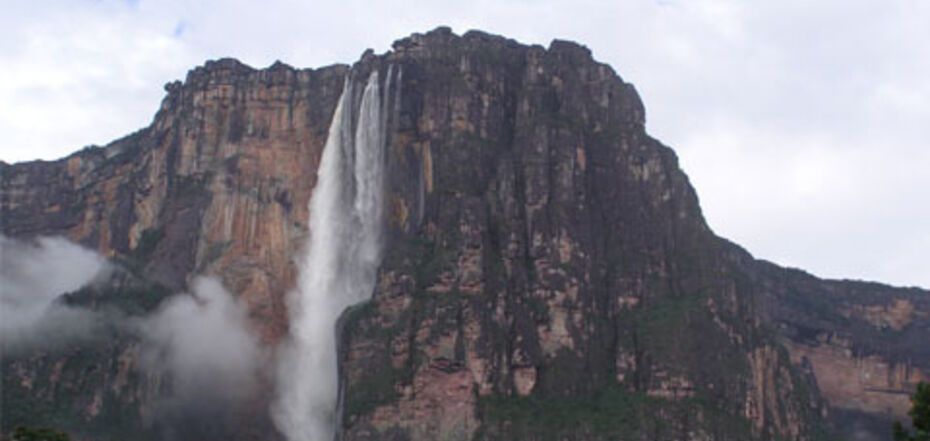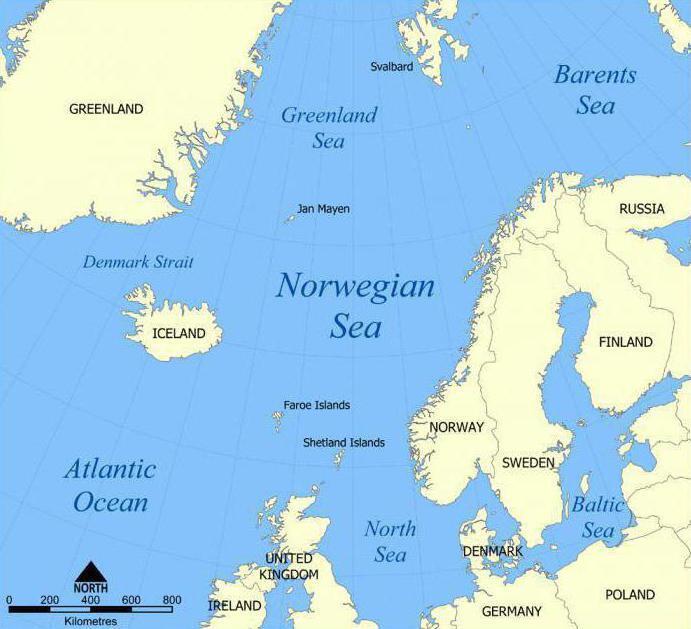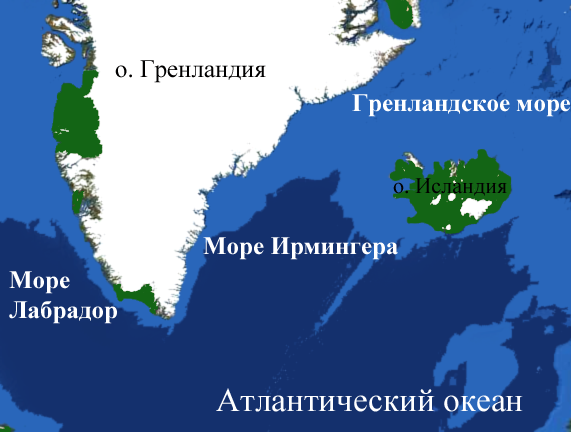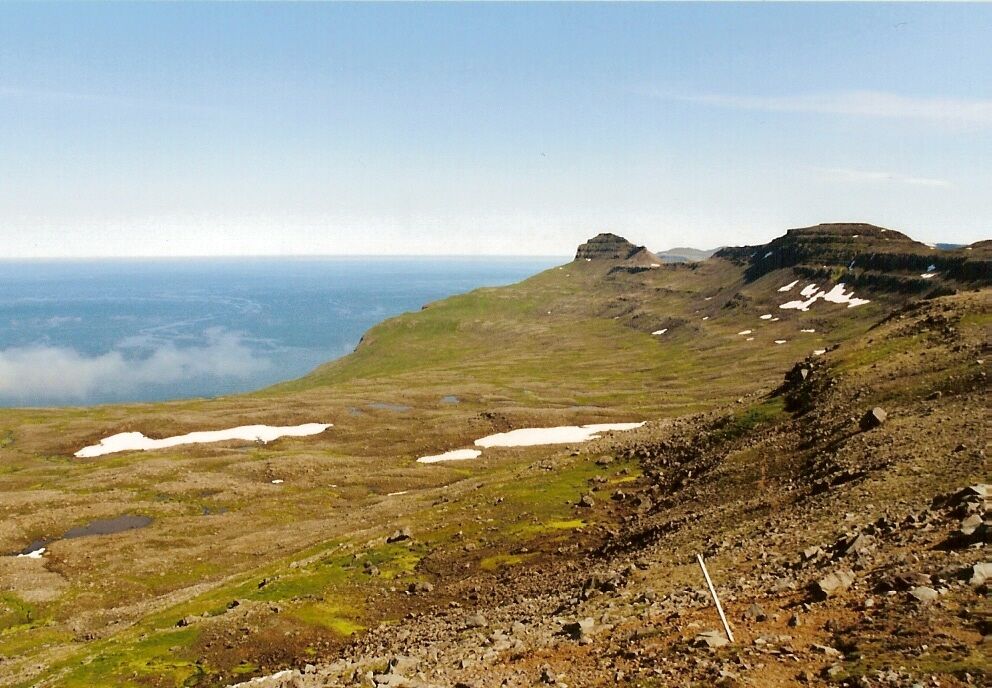News
The biggest waterfall the world has never seen: the reason will surprise you
The highest waterfall on the planet is not Angel, which is 979 meters high. The palm tree belongs to the overflow of the Denmark Strait.
This is a huge water mass between Greenland and Iceland. It turns out that people have not seen the largest and highest waterfall in the world because it is actually underwater.
According to Anna Sanchez-Vidal, a professor of marine science at the University of Barcelona in Spain, this is possible due to the temperature and salinity gradients that power most ocean currents. The Denmark Strait crosses the Arctic Circle and acts as a funnel for polar waters flowing from the northern seas into the Atlantic Ocean. But, as elsewhere in the ocean, the waters in this region are not homogeneous.
North of the Denmark Strait, surface waters in contact with cold Arctic air cool and become saltier as some of the water freezes and salt concentrates in the unfrozen portion. The cold, salty water is denser than the warm water and therefore sinks to the seafloor, while the more balsamic layer rises to the surface. This exchange feeds a deep ice current that flows south through the Strait and empties into the Irminger Sea in the North Atlantic Ocean.
Underwater cascade
Of course, waterfalls always have cliffs or precipices, and the Denmark Strait is no exception. The 3,500-meter-high cliff in the seabed off the southern tip of Greenland was carved by glaciers between 17,500 and 11,500 years ago, during the last ice age. Bottom waters flowing south through the strait hit the edge of this cliff and spill over its slope. A cascade that plunges under the warmer surface waters of the Irminger Sea is formed.
The waters to the north of the falls, which scientists call the cataract or overflow of the Denmark Strait, are about 400 meters deep. Sanchez-Vidal, who led the research expedition to the Strait, told about this. According to her, only the lower 200 meters cascade down the slope, while the rest remains on the surface and mixes with warmer waters flowing north through the strait. "Half of the water column is full and half is not," she said.
The highest waterfall does not impress
The waterfall itself is about 2,000 meters high, which is twice the height of the Angel. The size is impressive, but it's nothing like a waterfall on land, says Mike Clare, head of marine geosystems at the UK's National Oceanography Centre in Southampton.
For one, the spill is as wide as the Denmark Strait, which means it stretches across 480 kilometers of seabed. "It probably goes down about 2,000 meters vertically into the depths of the Atlantic Ocean, but over a fairly long distance, 500 to 600 kilometers," Clare says. "If we visualize it, it looks like a relatively low-gradient slope."
As a result, the water flowing down the falls reaches a speed of only about 0.5 meters per second, much slower than walking speed and a far cry from the speed recorded at Niagara Falls, where water falls down at 109 km/h, or 30.5 m/s.
"If you were down there, you probably wouldn't notice what was happening," Clare.
The same is true above the waves, where there are no signs to indicate an underwater cascade, Sanchez-Vidal said. "On the surface, you have typical sunny Arctic conditions," she said, and "you can't see anything from space" except for mapping indicators such as temperature and salinity.
Indispensable for the ocean
But appearances are deceiving. The cold waters sliding through the Denmark Strait are part of a vital system of ocean currents known as the Atlantic Meridional Overturning Circulation (AMOC), which carries warm waters north and cold waters south, forming a long loop in the Atlantic Ocean. After the cold water leaves the Denmark Strait, it continues its journey south to the Antarctic, then heats up and rises to the surface in a process called upwelling before returning north to complete the cycle in the Arctic.
According to Clare, the AMOC transports much more than water molecules. Its cold bottom currents inject oxygen, nutrients and organic matter into the ocean depths, providing food for a rich array of deep-sea organisms. The Danish Strait overflow is at the heart of this life support system, so while "visually it doesn't look that impressive, it's actually an extremely grand facility in terms of the role it plays in the global ocean."
Unfortunately, the overflowing of the world's oceans is threatened by climate change, Sanchez-Vidal said. Melting ice caps and warming oceans are pumping fresh water into the system and slowing down the AMOC, which scientists say is approaching a tipping point. If the AMOC stops, the density of the Denmark Strait overflow "will decrease and it will stop," she said.
The Denmark Strait overflow is not the only known underwater cascade. In fact, there are features on the seafloor called nickpoints that look much more like waterfalls on land, Clare said. Nickpoints often occur on continental margins where water currents carrying sedimentary rocks carve out underwater canyons.
"They are much more turbulent than the streams we see in the Danish Strait," scientists comment, "and at the bottom we see something similar to the sinkholes that occur in waterfalls."
Only verified information is available on our Telegram channel Obozrevatel and Viber. Do not fall for fakes!






























